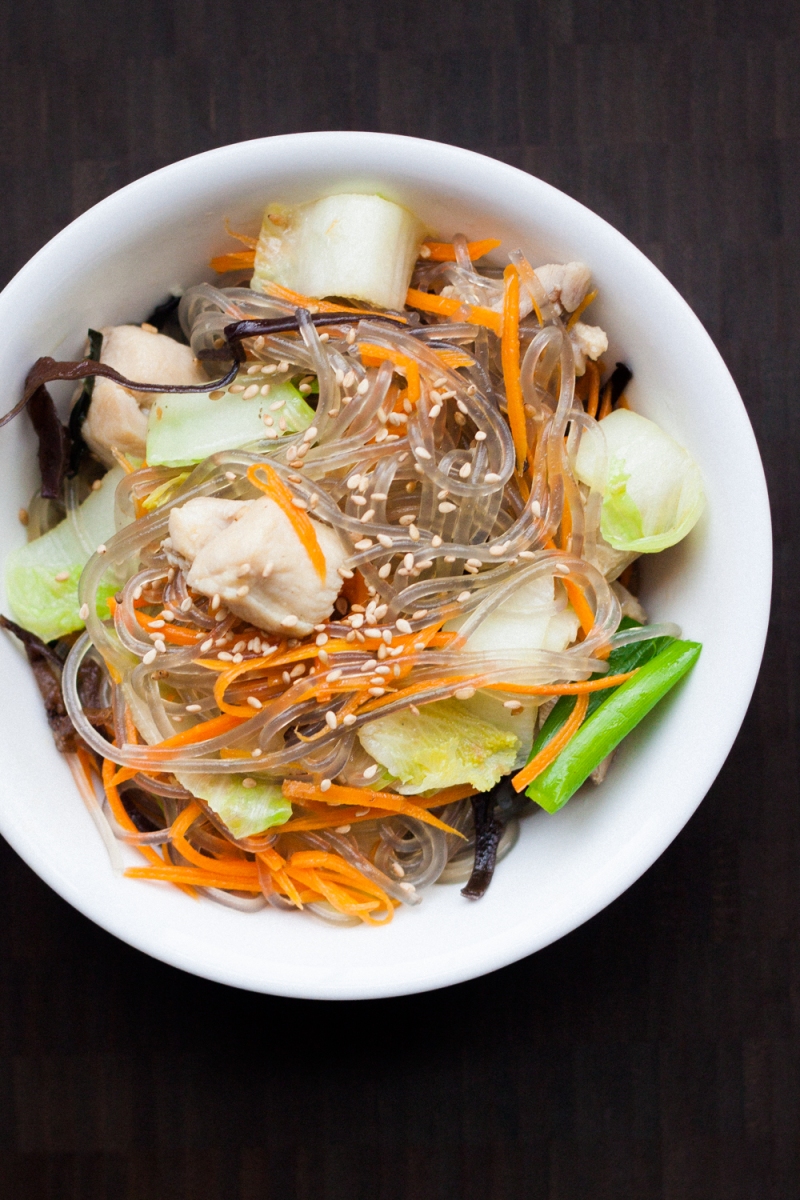
Today’s recipe is unique in that it’s basically a combination of two traditional dishes: Chicken Long Rice (Hawaiian) and Japchae (잡채, Korean). They’re both very similar, and in making either dish Paleo-friendly, they both just kinda mixed into this one dish you see above. Although it doesn’t have an official name, don’t worry: it tastes great!
Chicken Long Rice is a Hawaiian luau food that consists of chicken broth, mung bean starch noodles, chicken, and green onions. It was brought to the islands by Chinese immigrant workers in the 19th century, and is now integrated into Hawaiian cuisine.
Japchae is a Korean dish that is traced back to the 17th century, which traditionally was made with vegetables and mushrooms (Japchae literally means “a mixture of vegetables”), and sometimes with beef. Since the 20th century, sweet potato noodles (dangmyeon, 당면) have been a major part of the dish.
Read Full Article










